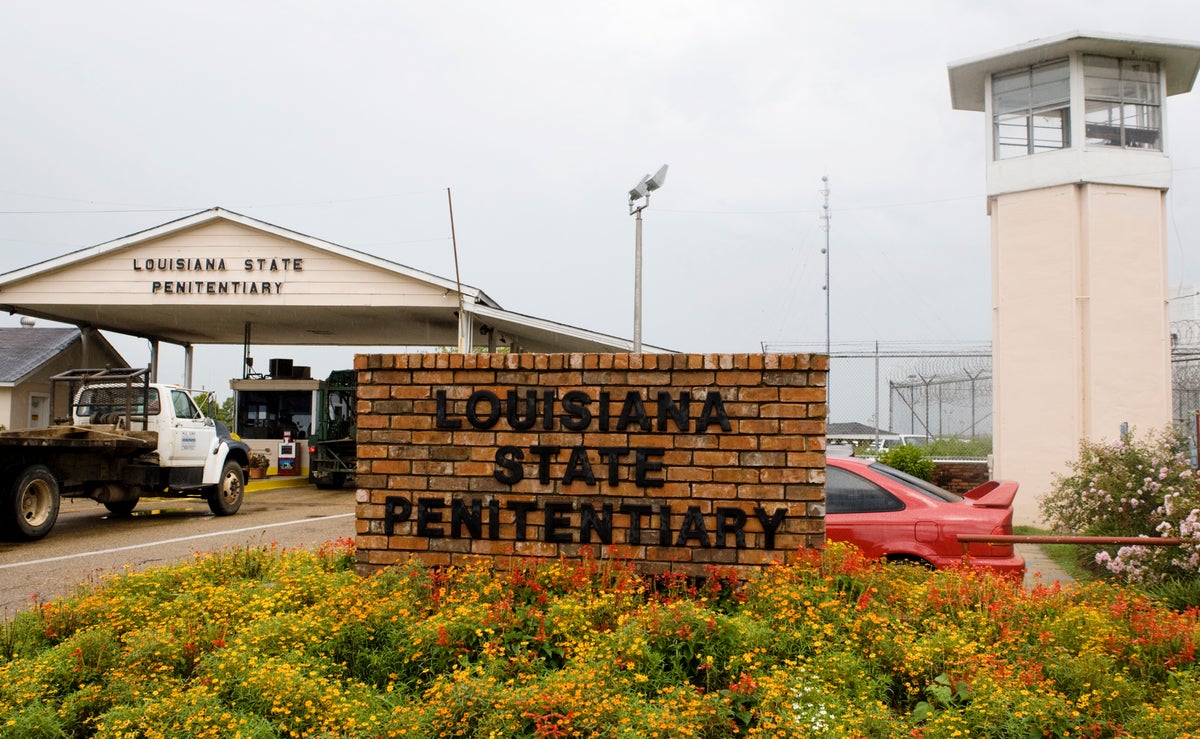
A controversial transfer of juvenile prisoners to a temporary facility at Louisiana’s sprawling high security prison farm for adult convicts involves a shuffle of youths to and from four different lockups around the state, officials said Thursday.
As of Wednesday night, the facility at the Louisiana State Penitentiary at Angola held eight young offenders in a building isolated from the adult population. That building is now being called the Feliciana Center for Youth. The penitentiary is in a remote rural area in West Feliciana Parish, north of Baton Rouge.
The move of young offenders was announced in July by Gov. John Bel Edwards. It came as state officials were under growing pressure to do something after the latest in a series of escapes from the violence-plagued Bridge City Center for Youth in suburban New Orleans. That escape involved six inmates who overpowered a guard and jumped a fence. One inmate is suspected in a carjacking and shooting that happened before all were recaptured.
However, the state said in a news release that the eight at the Feliciana facility are not from Bridge City, as initially announced by a state senator. Four were from Acadiana Center for Youth at St. Martinville in southwest Louisiana and four were from Swanson Center for Youth at Monroe in northeast Louisiana.
Ten youth offenders from Bridge City, initially thought to have been taken to the Feliciana facility at Angola, were actually transferred to Monroe, Nicolette Gordon, a spokeswoman for the state Office of Juvenile Justice confirmed Thursday.
State Sen. Patrick Connick, whose district includes Bridge City, acknowledged he had been mistaken when he said the Bridge City youths had been taken to Angola, in accordance with plans announced in July. Connick said in a Thursday interview he was told by officials that behavior at the Bridge City Center has improved since the pending transfers to Angola and stepped up security at Bridge City were announced in July.
Connick said juvenile justice officials transferred prisoners this week based on assessment of the behavior of individuals at each of the state juvenile lockups. The ones moved to Angola, he said, “were the worst of the worst.”
Gordon said this week's moves were the first of a three-phase transfer. She said the youths were evaluated in accordance with a state law passed earlier this year that ordered juvenile justice authorities to establish a tiered system for classifying youths as low-, medium- or high-risk based on age, aggressive tendencies and other factors.
Juvenile justice advocates and families of the young inmates have objected to the transfer of youths to Angola. The penitentiary is home to serious offenders, some sentenced to death. It is where executions of condemned prisoners are carried out. It has its own checkered history of sometimes bloody violence and has been the subject of litigation alleging inadequate medical care.
A lawsuit filed by opponents of the transfer contended the trauma of being housed at Angola would be irreversible.
U.S. District Judge Shelly Dick, however, said that “while locking children in cells at night at Angola is untenable, the threat of harm the youngsters present to themselves, and others, is intolerable. The untenable must yield to the intolerable.”
It's unclear exactly how long the Feliciana facility at Angola will be used as a youth lockup. Officials have said space is being built at the Jetson Correctional Center for Youth near Baton Rouge for those with disciplinary problems. Also, new juvenile housing at the Swanson facility in Monroe is to be in operation by the spring, and a behavioral health unit there is being renovated.







